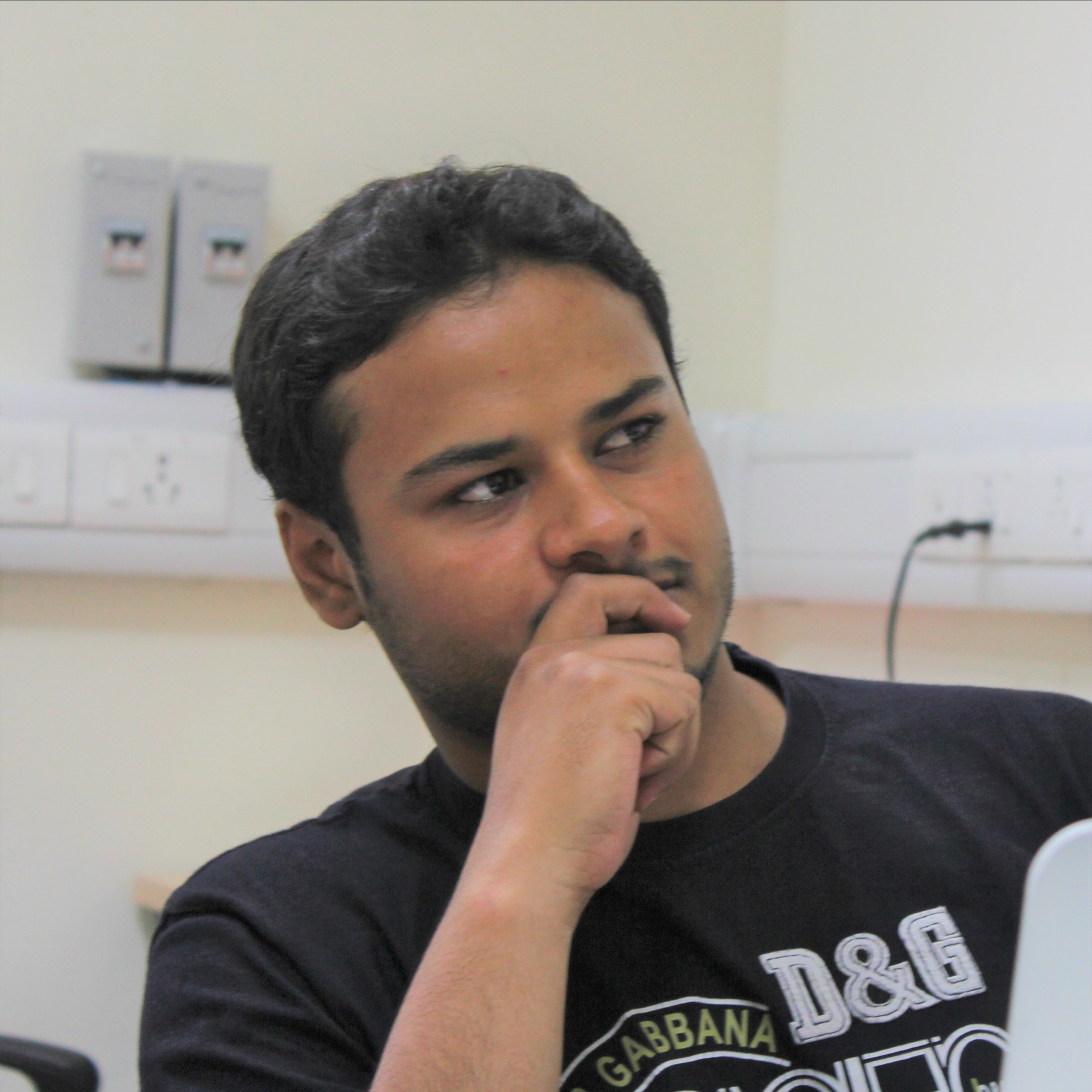How could we completely erase the epigenetic marks during cellular reprogramming?

Please leave the feedback on this challenge
Necessity
Is the problem still unsolved?
Conciseness
Is it concisely described?
Bounty for the best solution
Provide a bounty for the best solution
Bounties attract serious brainpower to the challenge.
[1]Mertens J, Paquola ACM, Ku M, Hatch E, Böhnke L, Ladjevardi S, et al. Directly Reprogrammed Human Neurons Retain Aging-Associated Transcriptomic Signatures and Reveal Age-Related Nucleocytoplasmic Defects. Cell Stem Cell [Internet]. 2015 Dec;17(6):705–18. Available from: https://linkinghub.elsevier.com/retrieve/pii/S1934590915004087
[2]Banito A, Rashid ST, Acosta JC, Li S, Pereira CF, Geti I, et al. Senescence impairs successful reprogramming to pluripotent stem cells. Genes Dev [Internet]. 2009 Sep 15;23(18):2134–9. Available from: http://genesdev.cshlp.org/cgi/doi/10.1101/gad.1811609
[3]Lo Sardo V, Ferguson W, Erikson GA, Topol EJ, Baldwin KK, Torkamani A. Influence of donor age on induced pluripotent stem cells. Nat Biotechnol [Internet]. 2017 Jan 12;35(1):69–74. Available from: http://www.nature.com/articles/nbt.3749
[4]Kim K, Doi A, Wen B, Ng K, Zhao R, Cahan P, et al. Epigenetic memory in induced pluripotent stem cells. Nature [Internet]. 2010 Sep 19;467(7313):285–90. Available from: http://www.nature.com/articles/nature09342
[5]Miura K, Okada Y, Aoi T, Okada A, Takahashi K, Okita K, et al. Variation in the safety of induced pluripotent stem cell lines. Nat Biotechnol [Internet]. 2009 Aug 9;27(8):743–5. Available from: http://www.nature.com/articles/nbt.1554
Creative contributions
Somatic Memory
